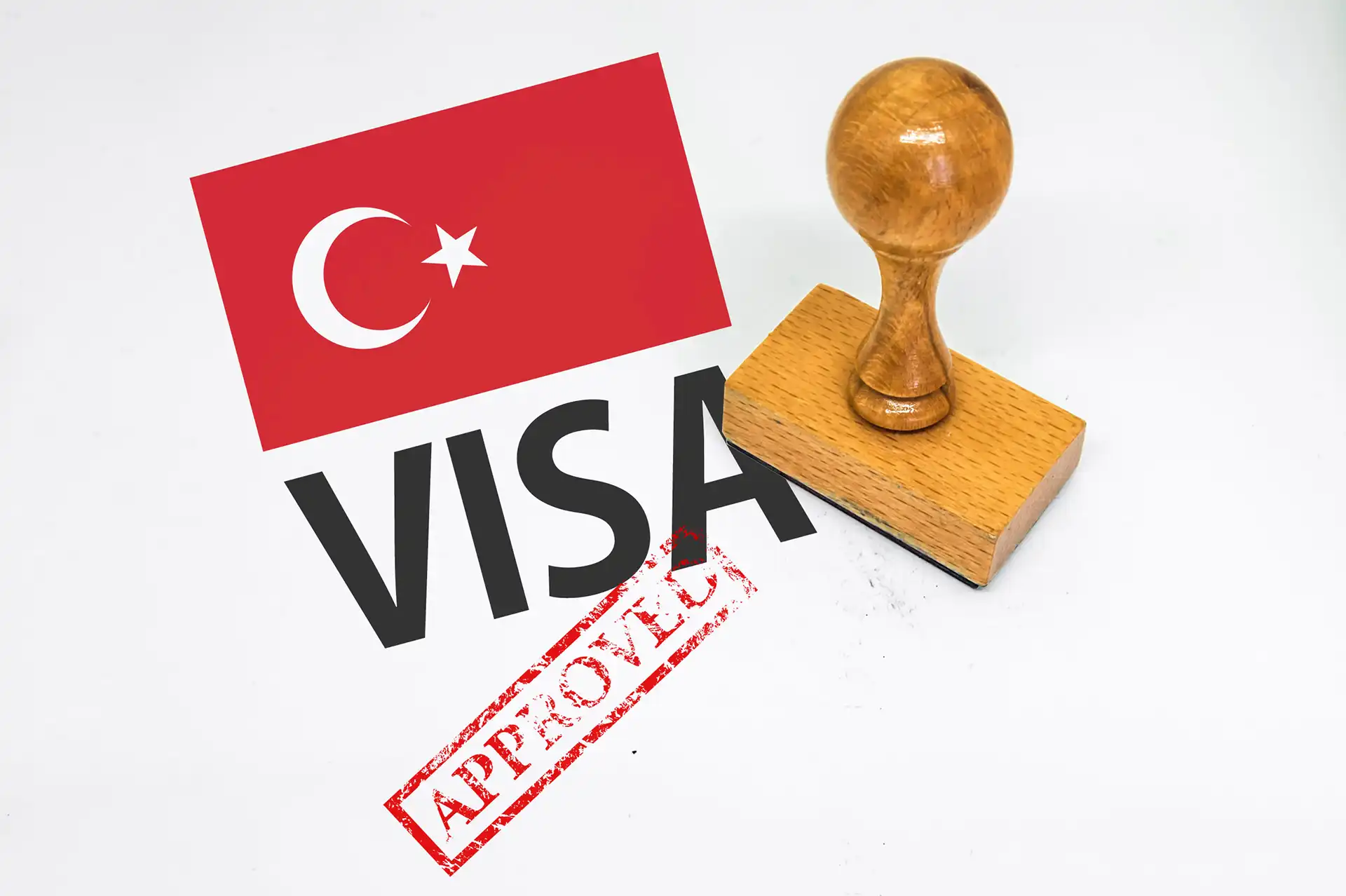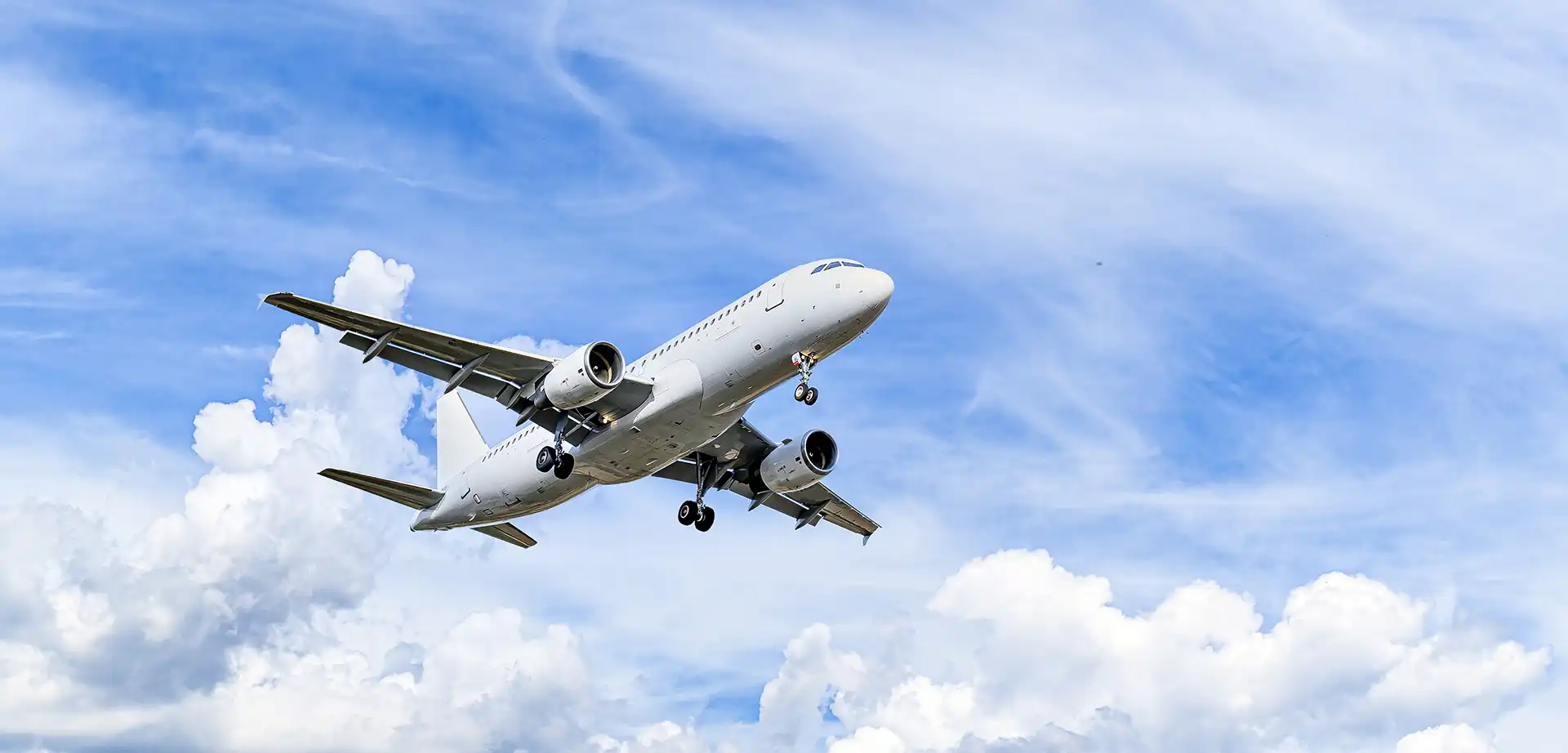

Saudi Arabia
Saudi Arabia passport ranking
The Saudi Arabian passport is currently ranked 55th place on the Guide Passport Index. It provides visa-free access to 87 countries. Saudi Arabian passport holders have visa-free and visas on arrival access to countries such as Malaysia, South Korea, Thailand and the United Arab Emirates. Saudi Arabian passport holders do however require a visa to enter about 143 destinations in the world such as the United States and the entire European Union. This results in an overall medium mobility score.
Saudi Arabia Passport Ranking
The Saudi Arabia passport ranking relative to other global passports is calculated by adding up the number of countries that allow Saudi Arabia passport holders to enter without a visa (i.e. visa-free countries) and those that allow Saudi Arabia passport holders to enter by obtaining a visa on arrival (i.e. visa-on-arrival countries) or an electronic travel authorization (eTA). There are currently a total of 52 Saudi Arabia passport visa-free countries, 29 Saudi Arabia visa-on-arrival countries, and 5 eTA destinations.
Altogether, Saudi Arabia passport holders can enter a total of 87 destinations—either without a visa, through a visa on arrival, or via an eTA. As a result, the Saudi Arabia passport ranks 55 in the world.
Separate from these Saudi Arabia visa-free countries and visa-on-arrival countries, there are 143 additional destinations which Saudi Arabia passport holders either need a physical visa to enter or an eVisa (i.e. visa required countries).
About Saudi Arabia
The Kingdom of Saudi Arabia is an Arab country consisting of 13 emirates. It is located in the Middle East, bordering Yemen, Jordan, Iraq, Kuwait, Qatar, United Arab Emirates and Oman. The country has a total surface area of 2,149,690 square kilometers making it the 12th largest country in the world. Its climate is overall of the dry desert type with extreme temperature ranges throughout the day. The terrain is characterized by sandy desert all around the country, mountainous western highlands and rocky central plateau.
The overall population is over 35 million people with approximately 33% of it being foreigners. The capital of the country is Riyadh, which is also the most populous city with a population of more than 7.6 million people. Other important cities are Jeddah, Mecca and Medina. The largest airport is King Abdulaziz International Airport (JED) with an approximate yearly passenger traffic of 41 million people. This makes it one of the busiest airports in the world. The airport is also hosting the national carrier Saudia and provides connections to destinations worldwide.
Its culture is dominated by Islam with 90% of the population being Muslim and the official language being Arabic. The legal system is a mix of the Islamic sharia law and the customary law. The government form is a monarchy with King and Prime Minister Mohammed bin Salman bin Abd Al-Aziz Al Saud as chief of state and head of government.
The official currency of the country is the Saudi Riyal (SAR) with a current exchange rate of SAR 3.75 to the USD. The country has a mostly state controlled economy, generating a GDP of approximately $1.9 trillion. It has a high per capita income of $56,817. Nowadays, 90% of the government income is still originating from the petroleum and petrochemical sectors. The government focuses on the development of other sources of income such as the financial and tourism sector to further reduce the dependency on oil and gas.
The Kingdom of Saudi Arabia has a variety of natural and historic tourist destinations. It has a total of 5 UNESCO world heritage sites spread across the country. Some of the major destinations include Mecca, Mada’in Saleh, Edge of the World, Heet Cave and the Prophet’s Mosque. The majority of tourists are originating from the Arab world mainly for the purpose of Hajj.










































